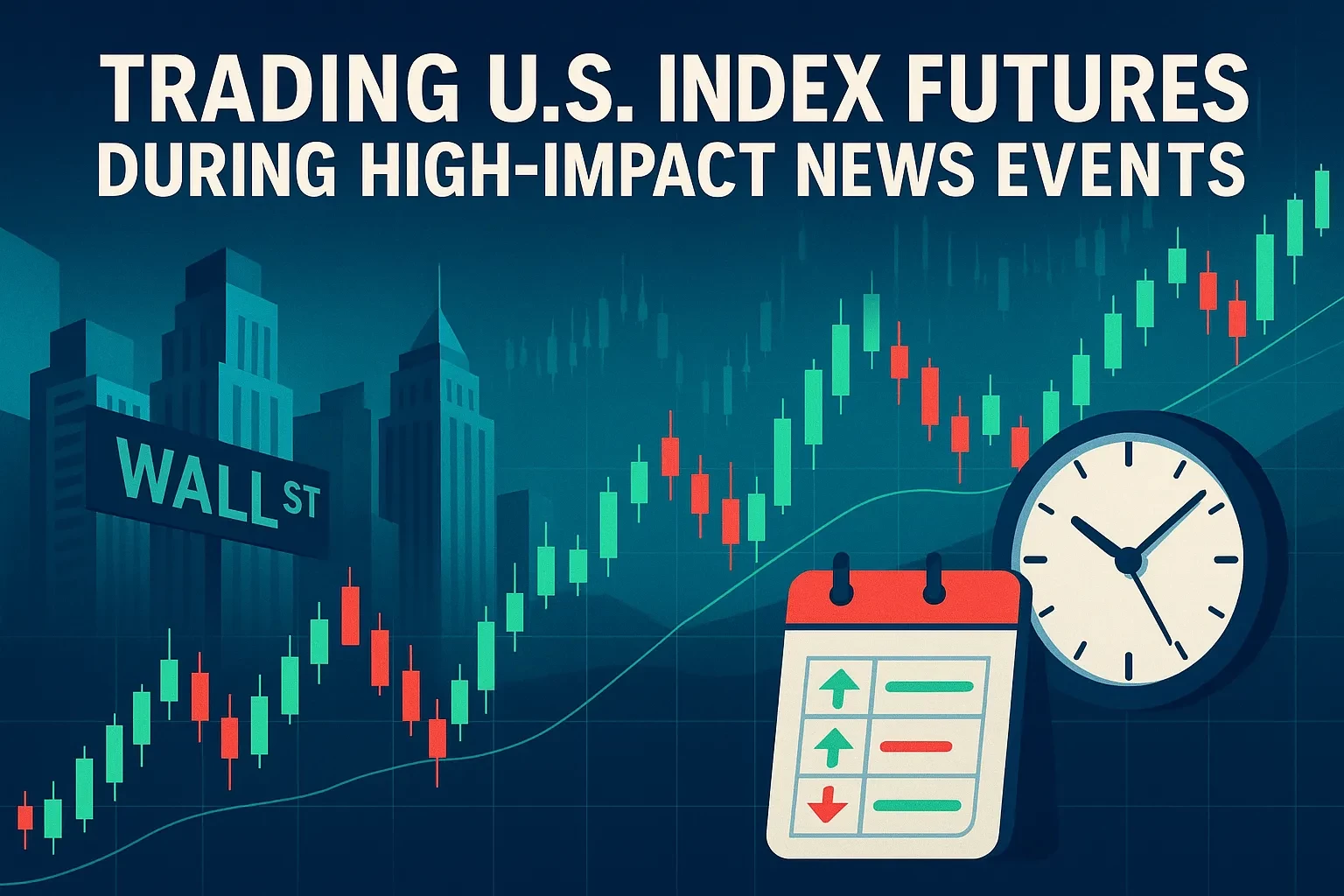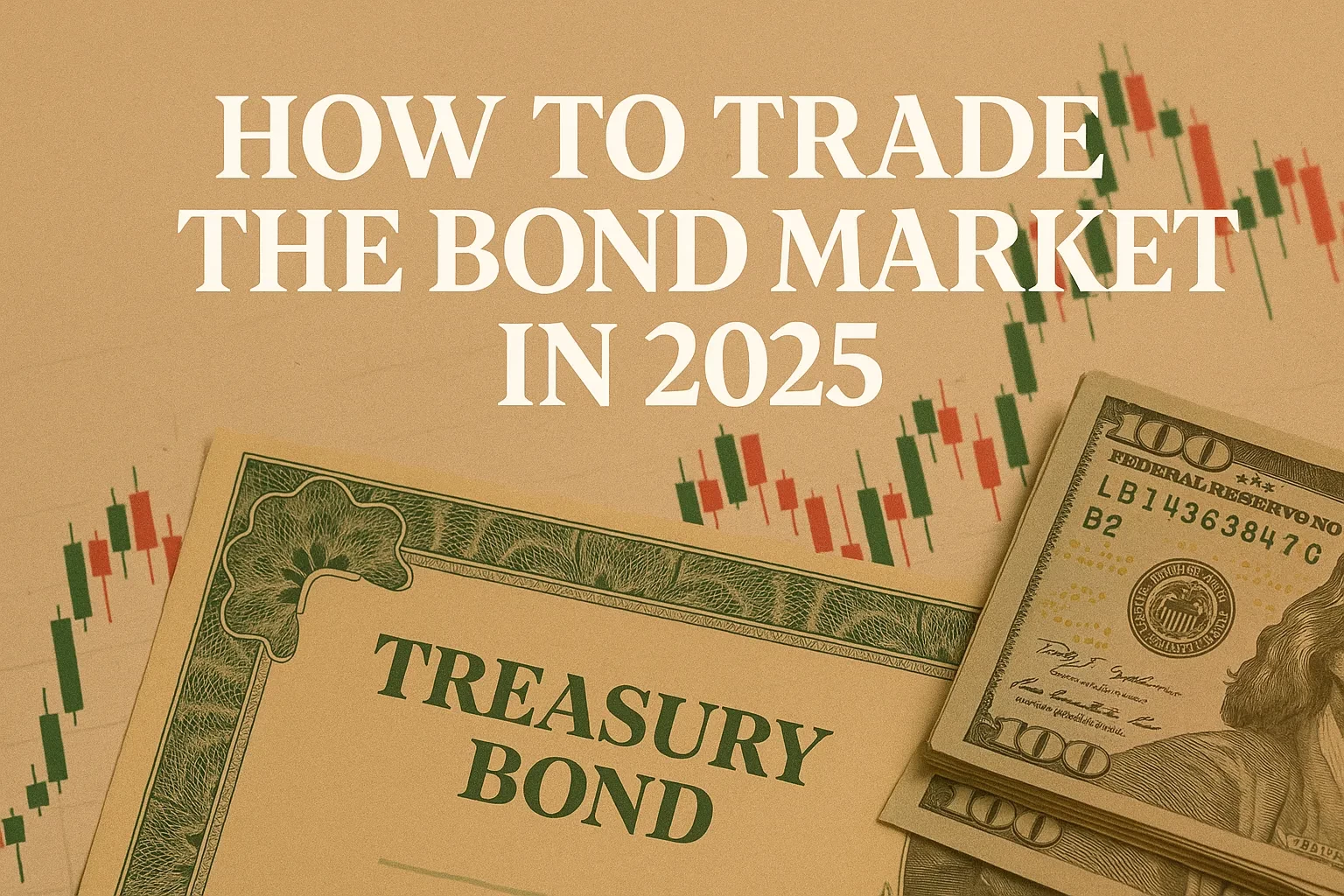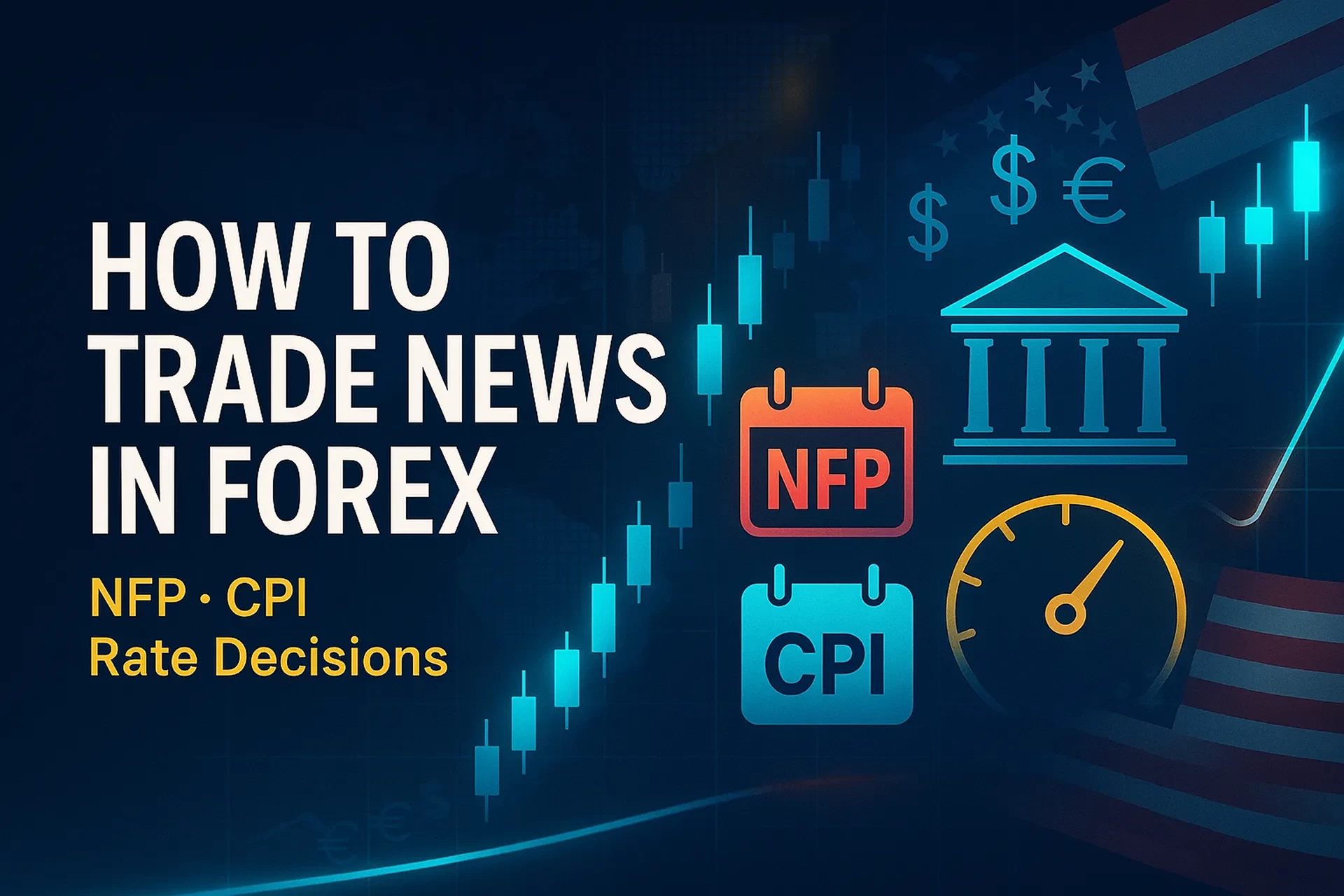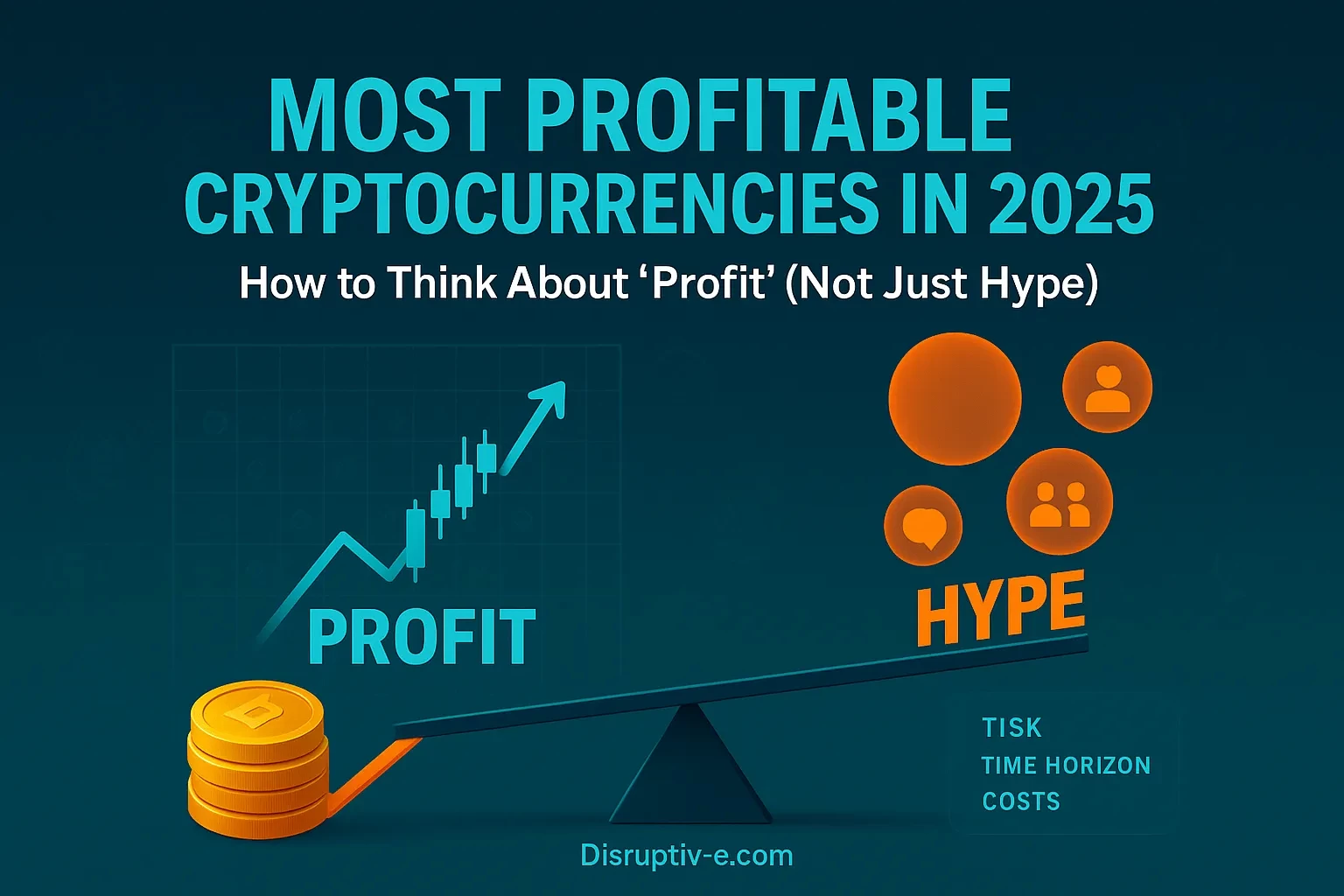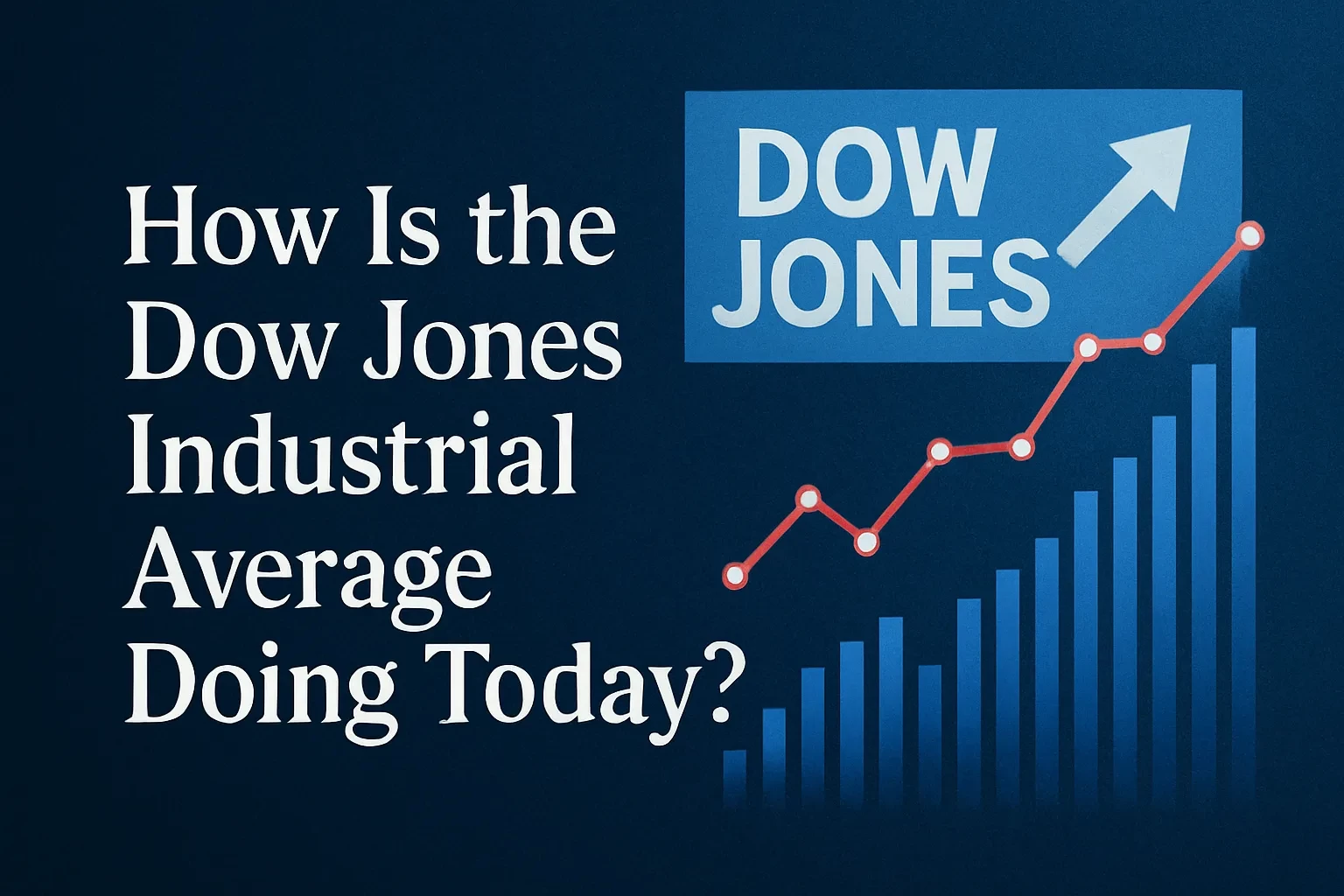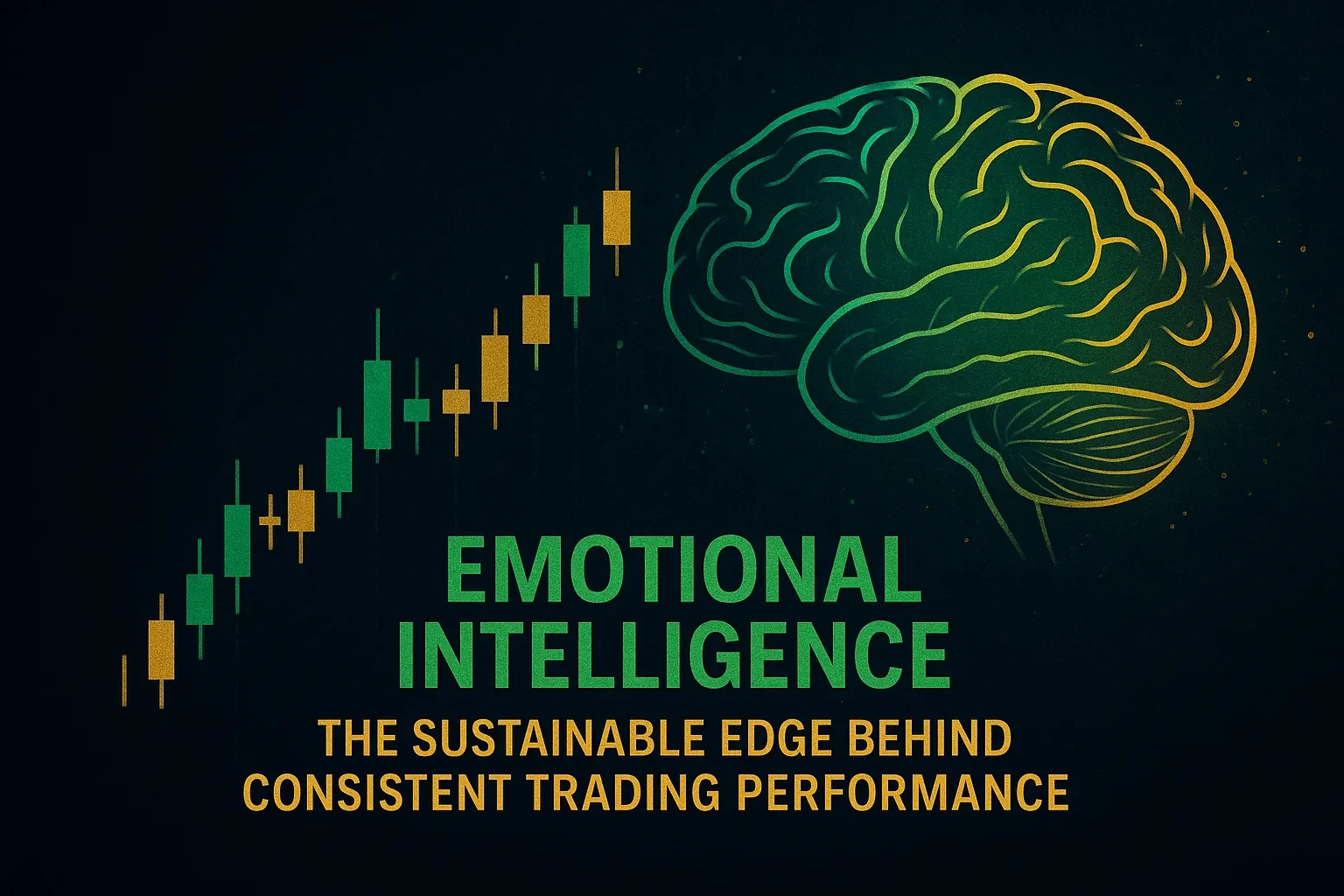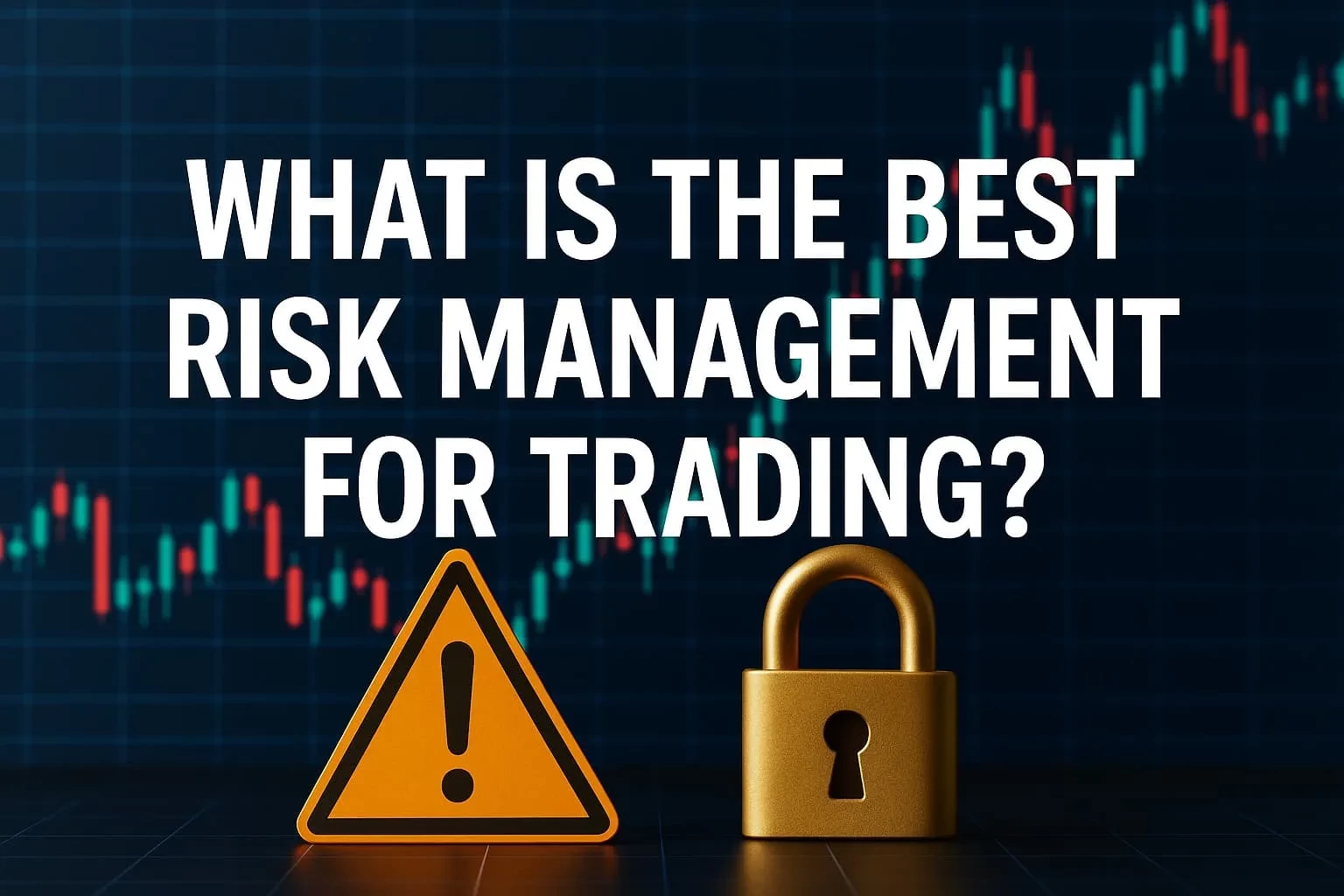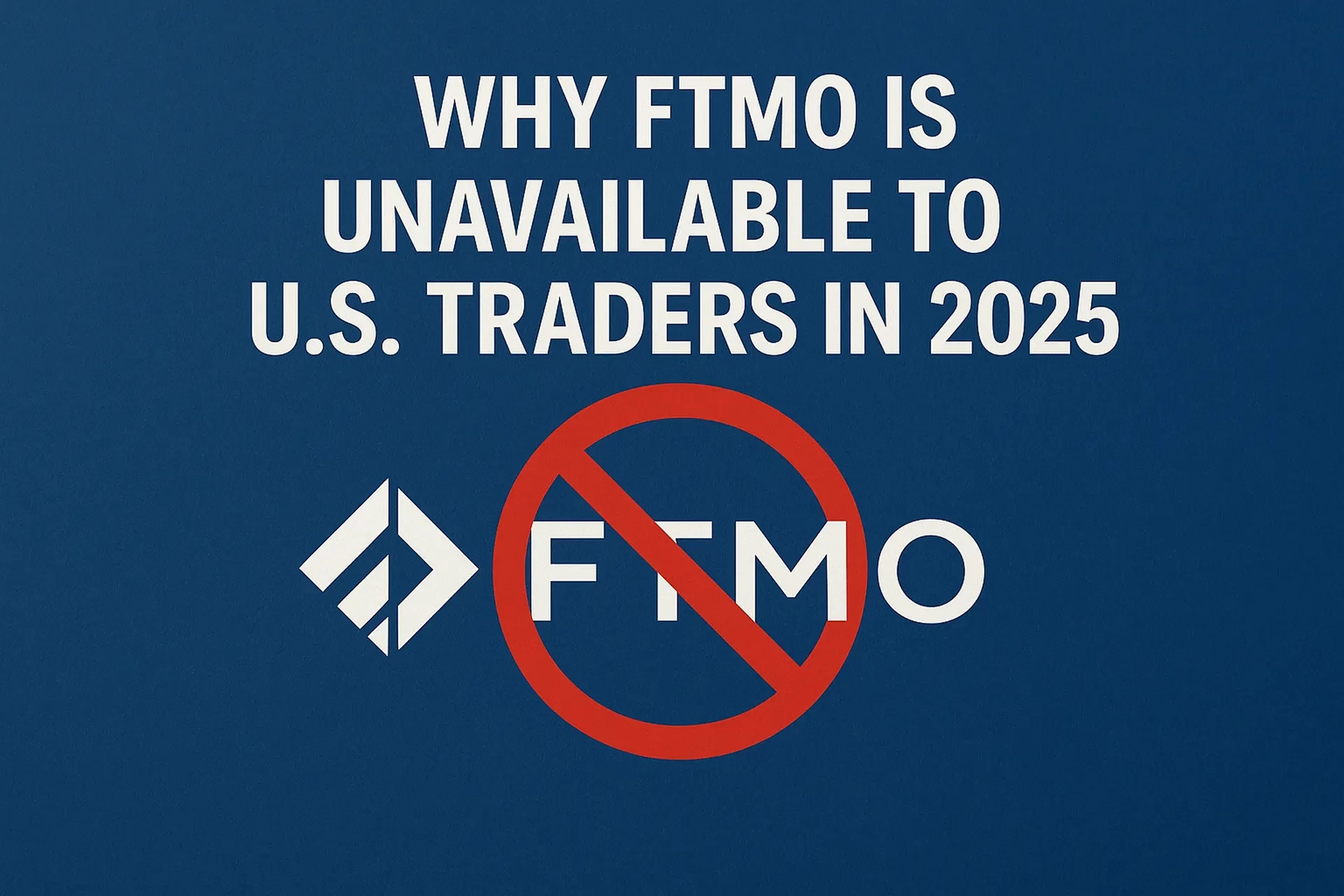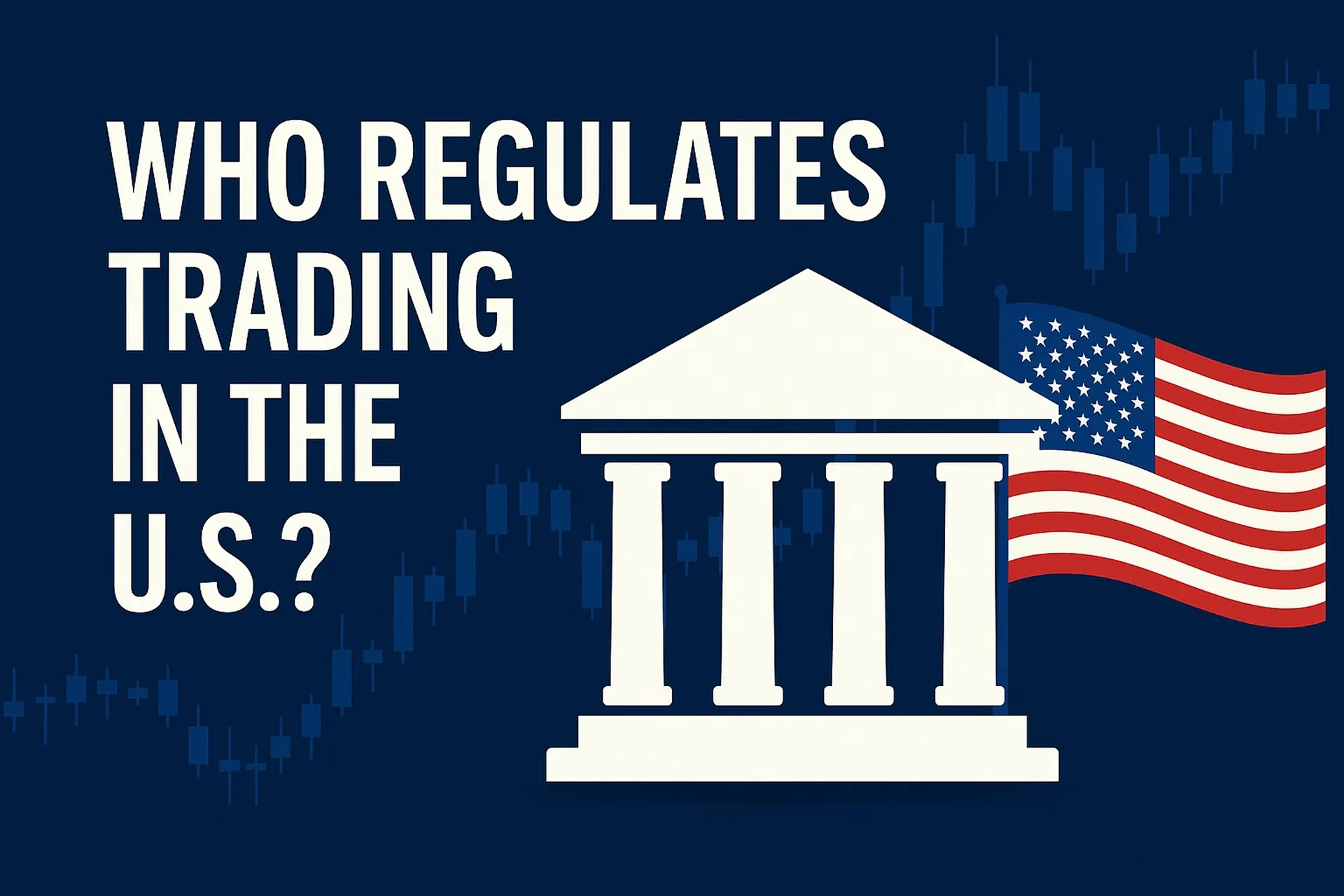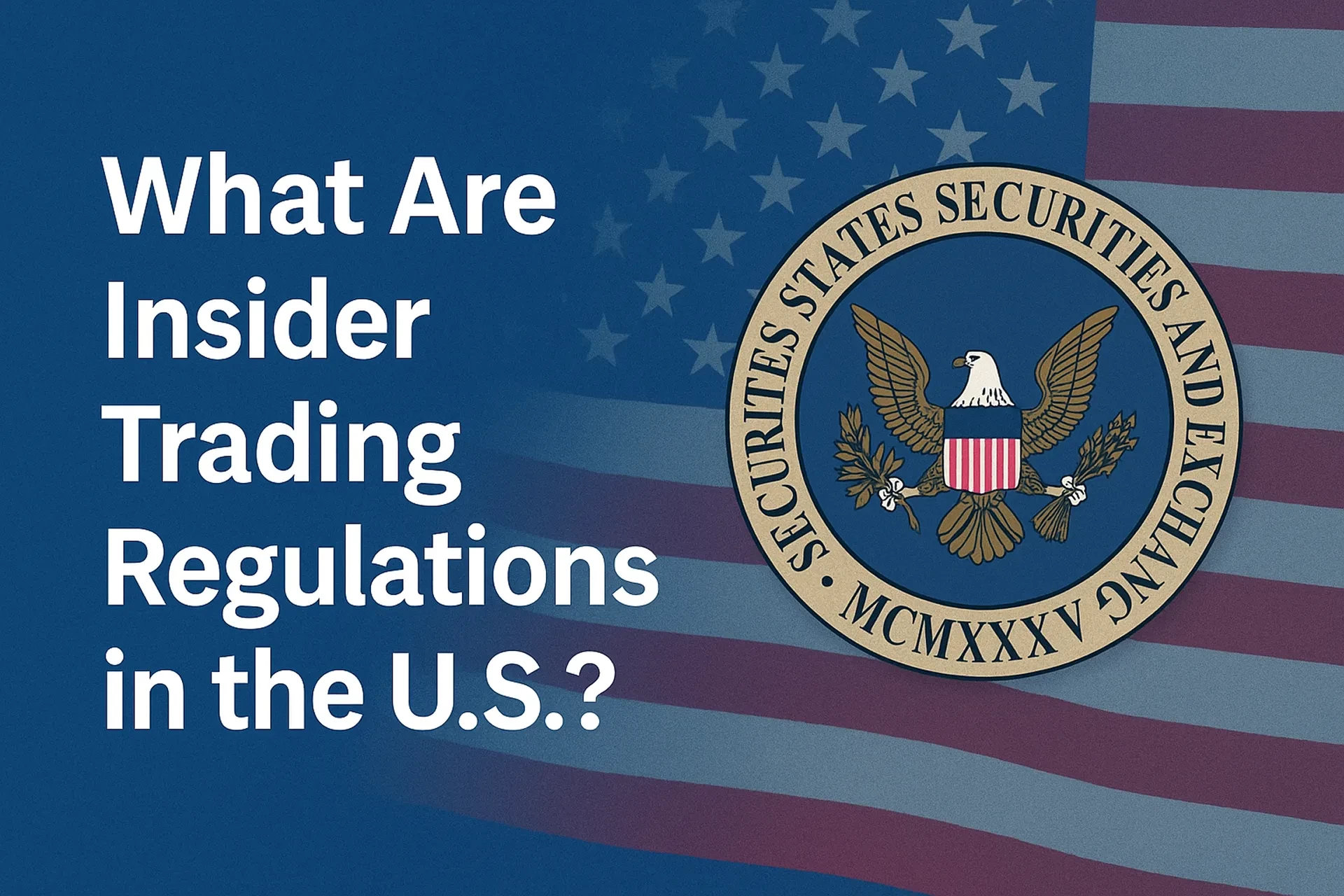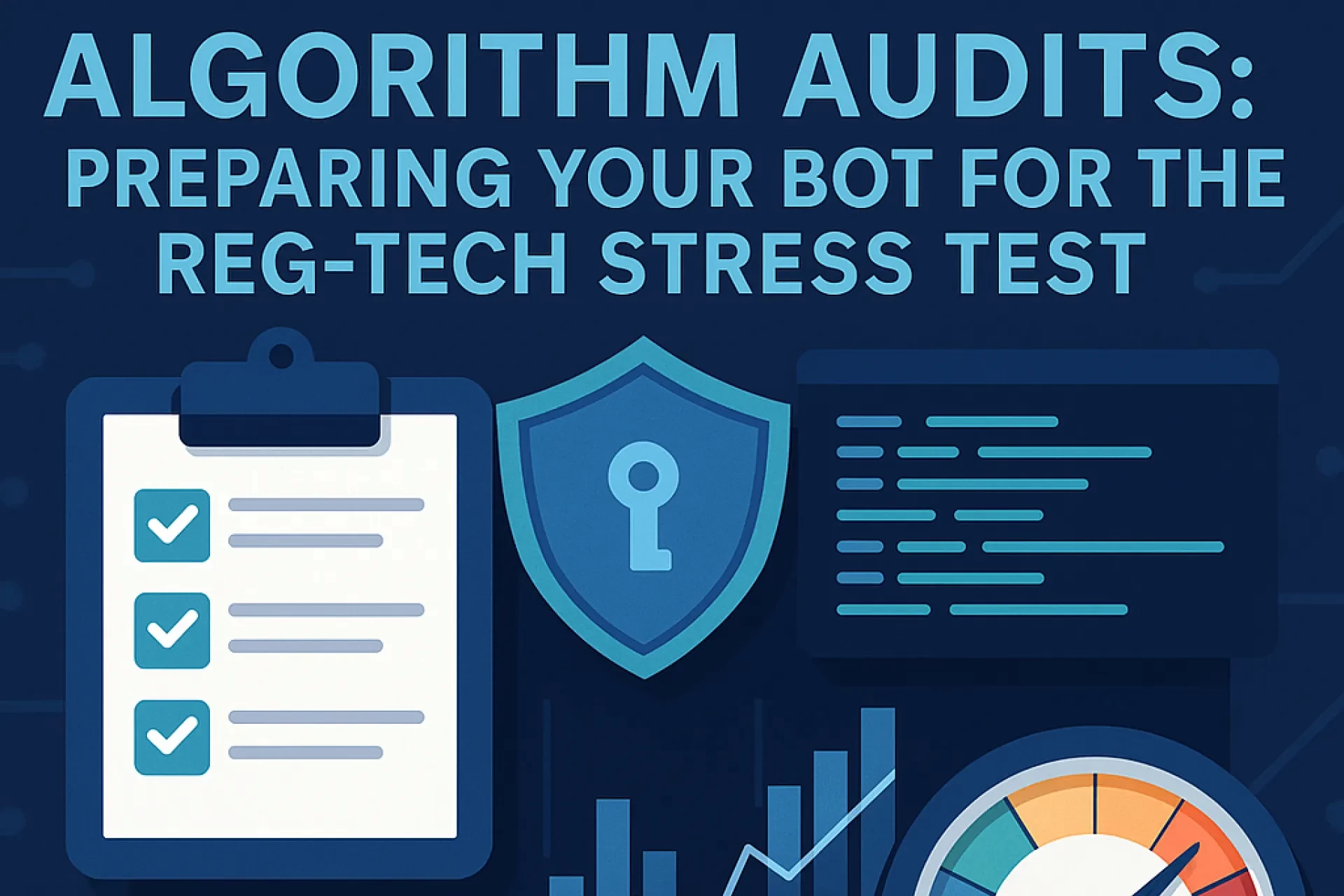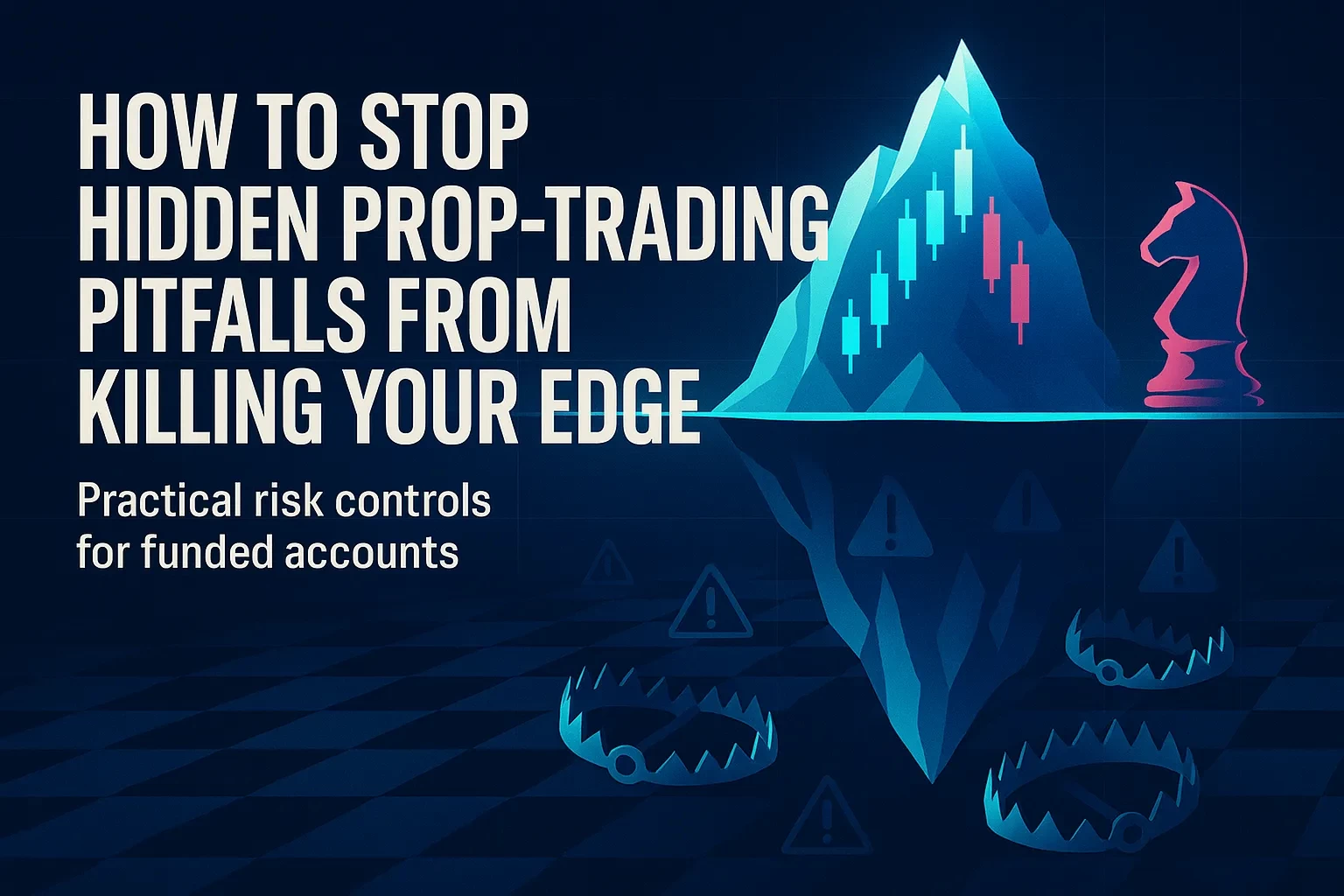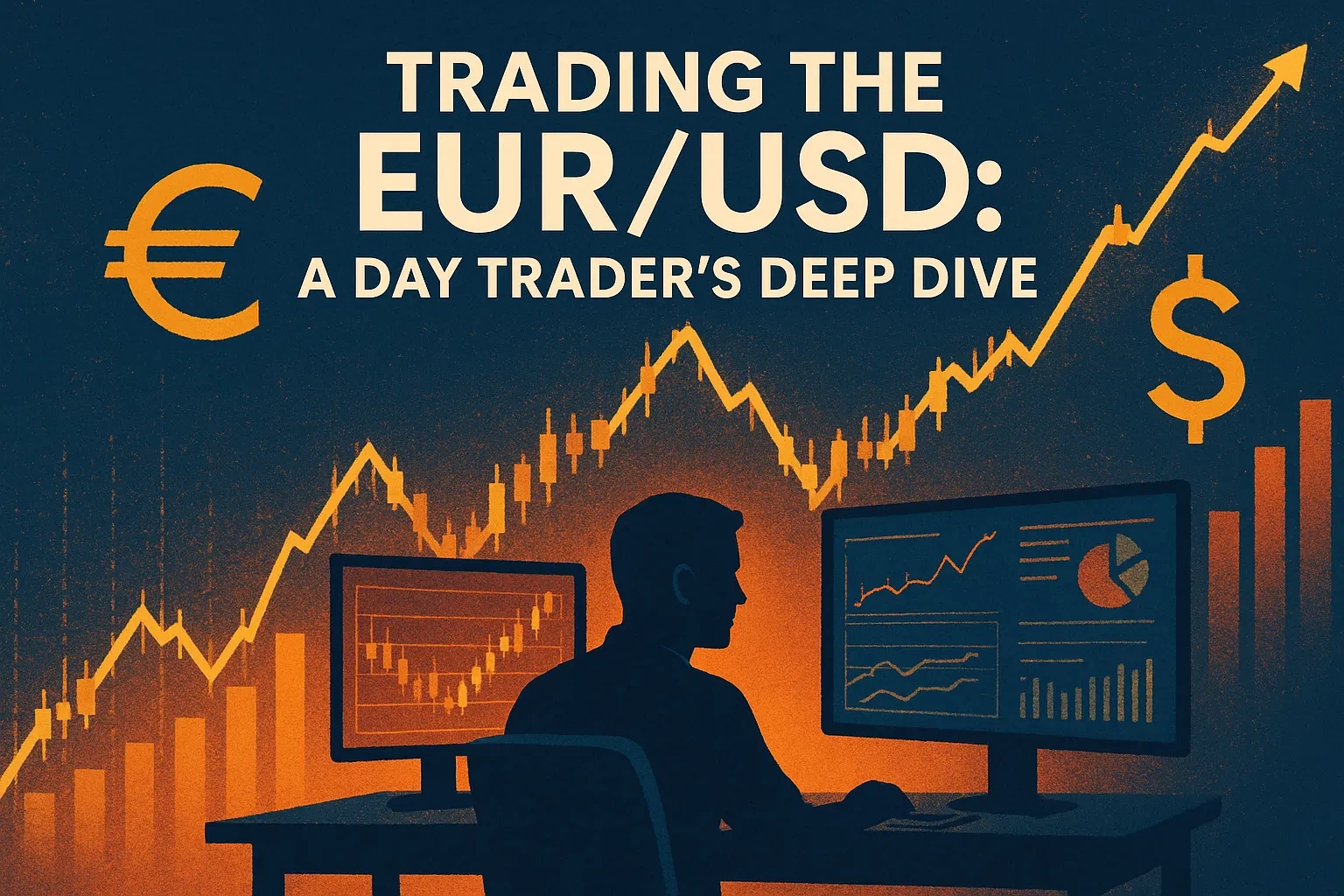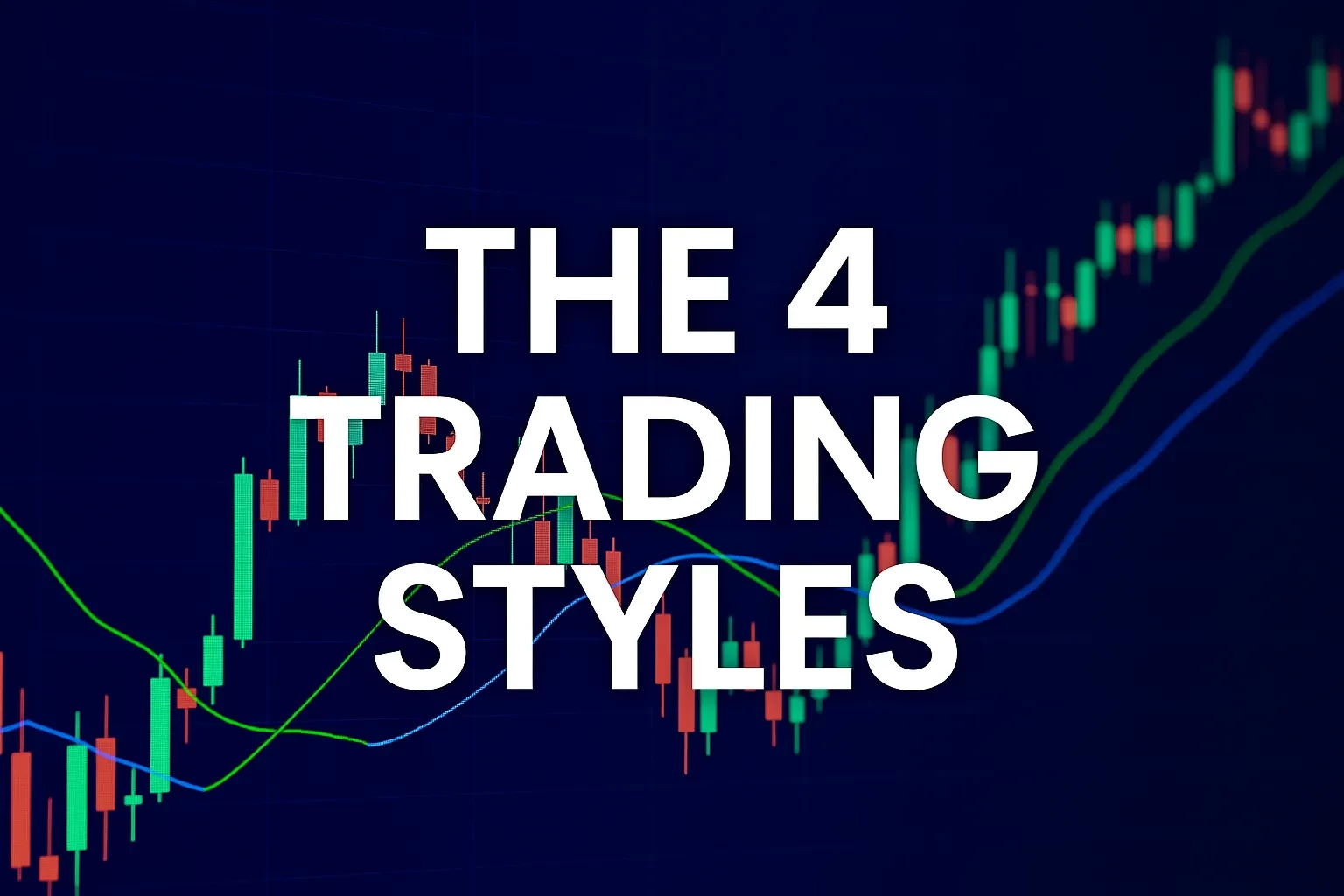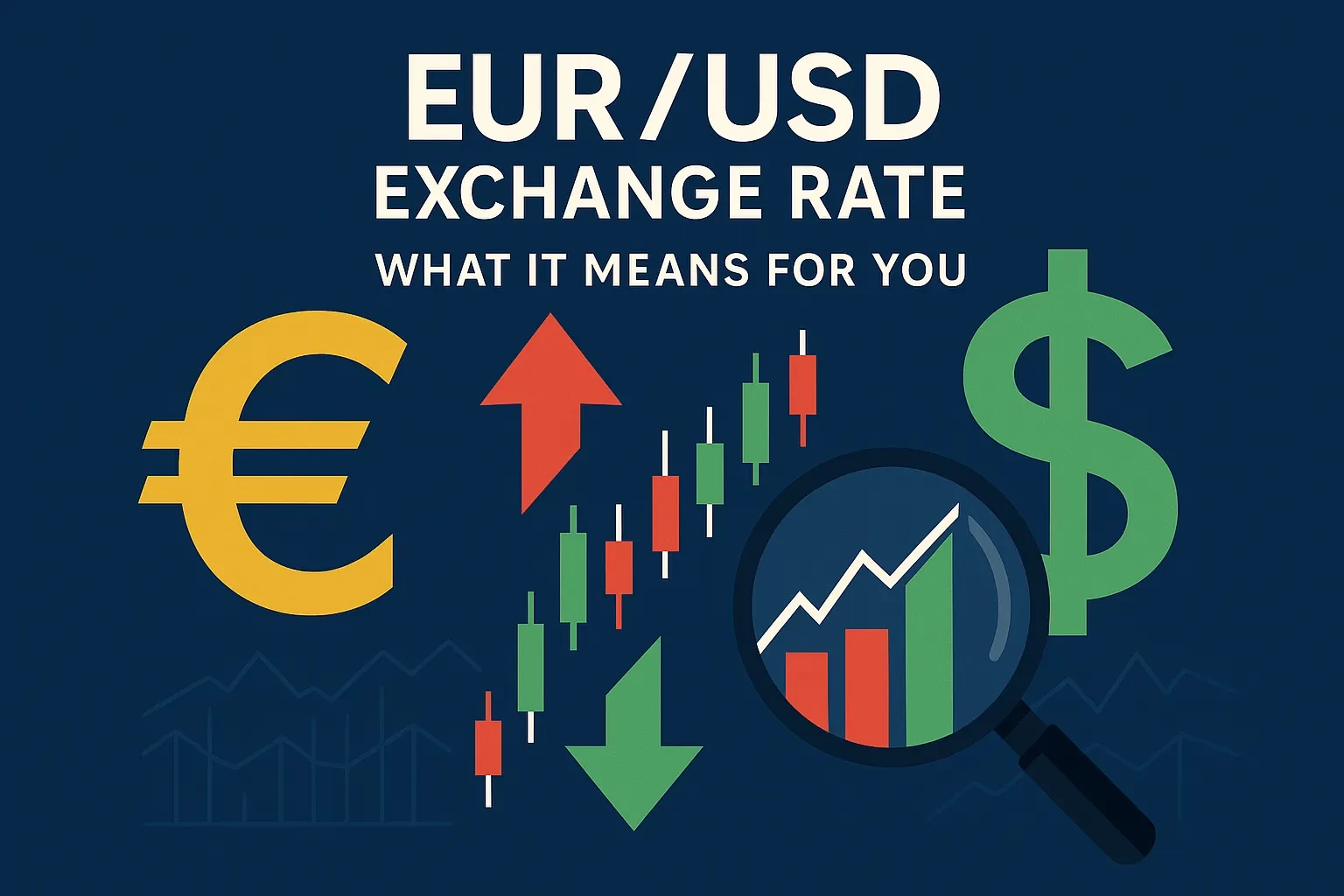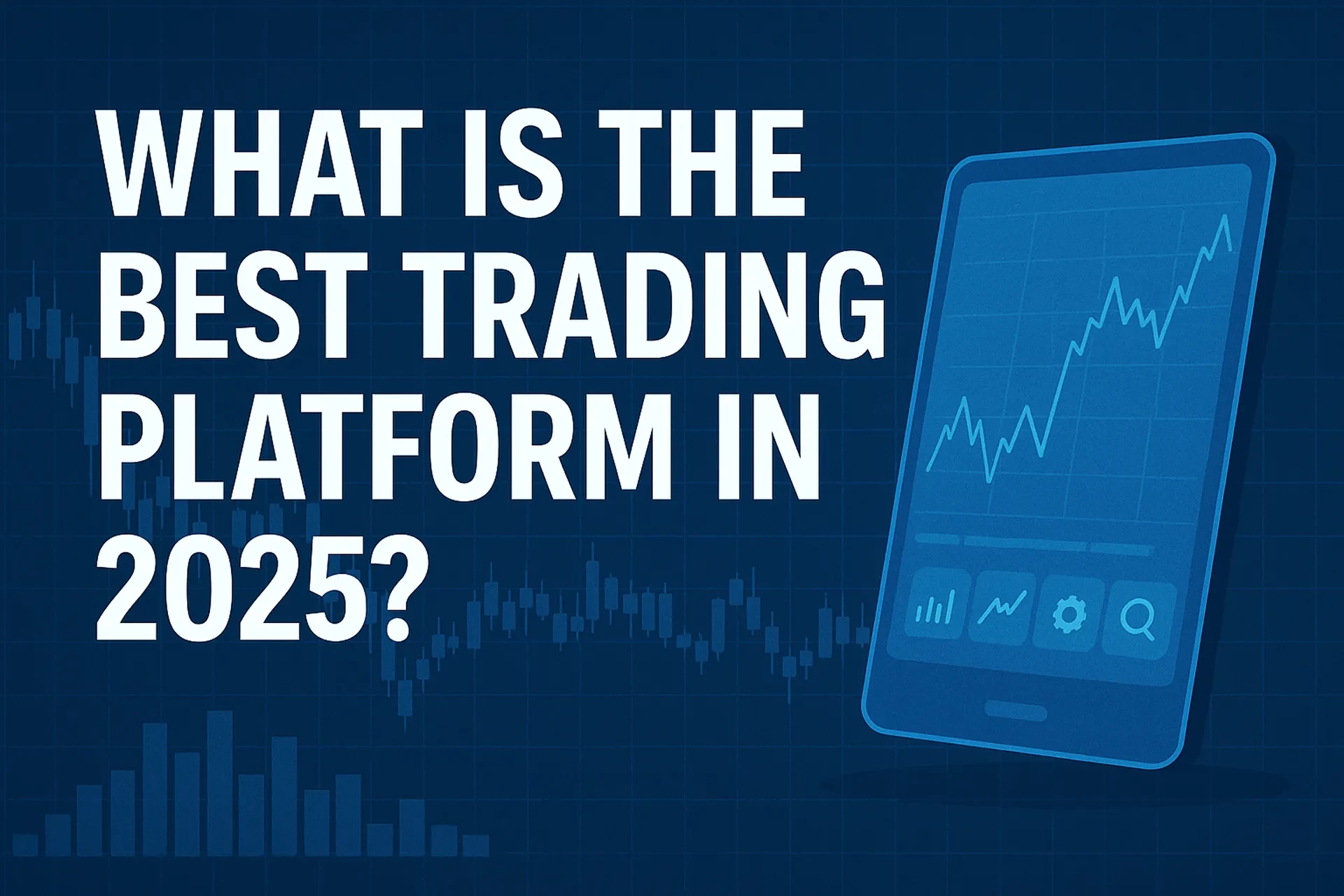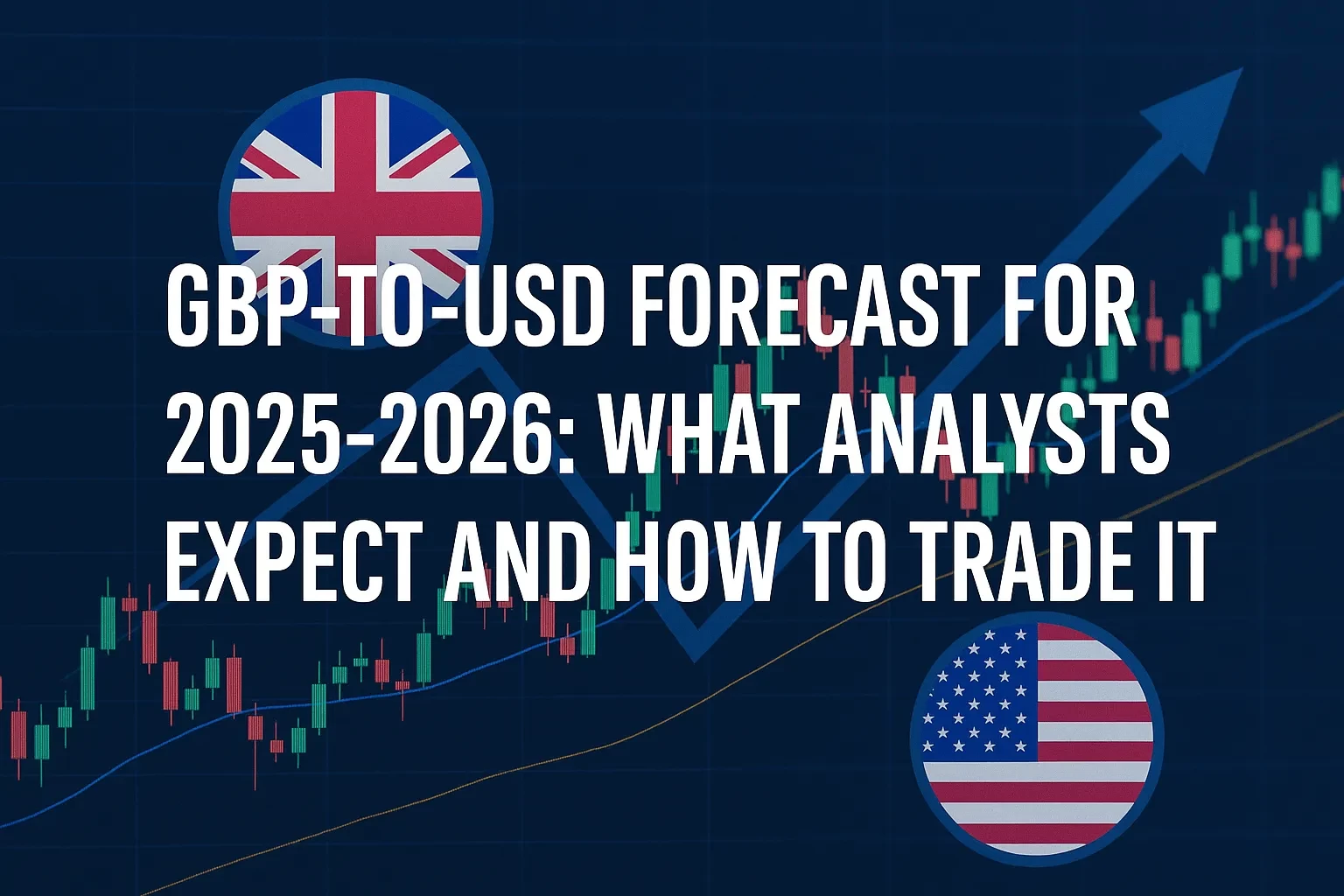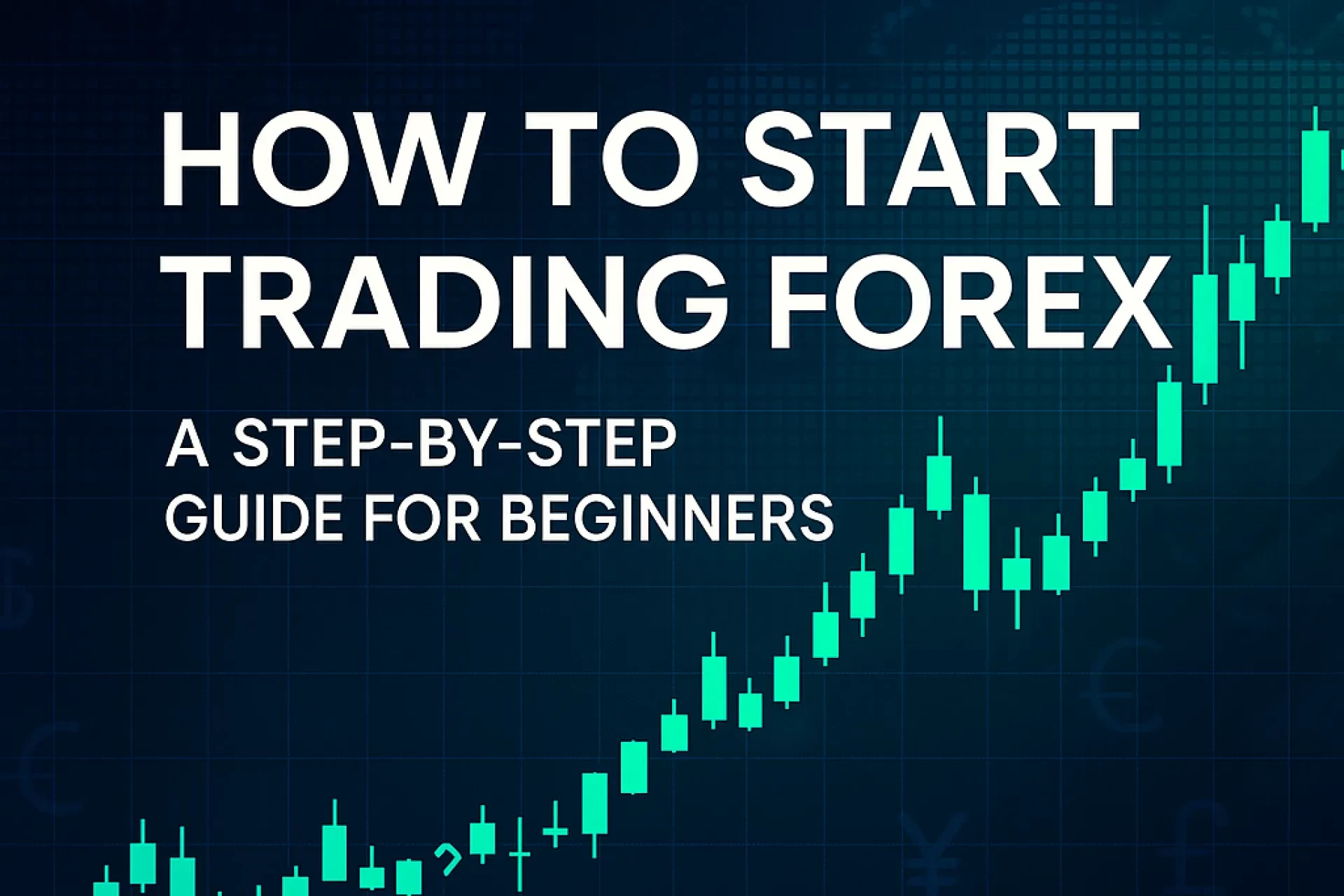Table of Contents
Wall Street’s most-traded “security” isn’t a single stock at all—it’s a market index. From the S&P 500 powering $640 billion SPY inflows to Micro E-mini futures changing hands around the clock, “index trading” has become the preferred way to surf entire sectors, countries, or even crypto without picking individual names. Yet many newcomers still ask: What exactly is index trading? This guide answers that question in depth, using 2024-2025 data, the newest CFTC & SEC rules, and step-by-step tactics you can apply today.
Definitions & Context
What Is an Index?
A stock-market (or asset-class) index is a rules-based basket that tracks the collective price of multiple securities. Examples include:
• S&P 500 – 500 U.S. large caps (large-cap equities)
• Nasdaq-100 – 100 non-financial tech-heavy names
• Russell 2000 – 2 000 small caps
• Cboe Kaiko Ether Rate Index – spot ether price benchmark (approved for 2025 cash-settled futures) ([cftc.gov][1])
Index Trading means speculating on—or hedging with—the price of an index via a derivative or fund instead of buying every component stock. Popular vehicles:
| Instrument | Exchange / Venue | Typical Leverage | Settlement |
|---|---|---|---|
| Index ETFs (e.g., SPY) | NYSE Arca | 1 : 1 cash; inverse/leveraged ≤ 3 : 1 |
Cash |
| Index Futures (e.g., MES) | CME Globex | 5–20 : 1 margin | Daily mark-to-market |
| CFDs / Spread Bets | OTC (non-U.S.) | Up to 20 : 1 for majors | Broker credit |
| Options on ETFs / Futures | CBOE, CME | Delta-adjusted | Cash or physical ETF |
Index Trading vs. Stock Picking
• Diversification fast-forward – One SPY share delivers exposure to all 500 S&P components with a single click; SPY now manages $640 billion in AUM ([ssga.com][2]).
• Lower single-name risk – Bad earnings from one company barely dent a broad index.
• Macro sensitivity – Indexes respond more to interest-rate moves, policy shocks, and factor rotations than idiosyncratic headlines.
Historical edge: the S&P 500 returned 23.31 % in 2024 and has been positive in 25 of the past 32 years (78 %) ([macrotrends.net][3], [curvo.eu][4]).
Step-by-Step Guide to Trading an Index
1. Choose Your Vehicle
• Long-only ETF for buy-and-hold or dollar-cost averaging.
• Leveraged / inverse ETF for tactical plays—mind the SEC’s updated bulletin on volatility drag & tax inefficiency (SEC, 2024) ([sec.gov][5]).
• Micro E-mini futures for intraday leverage and 23-hour access; each tick on MES is $1.25 ([cmegroup.com][6]).
2. Open the Right Account
• A standard brokerage suffices for ETFs.
• Futures require a futures-approved account and a signed CFTC Risk Disclosure Statement (17 CFR § 1.55) ([etf.com][7]).
3. Post Margin or Capital
• ETF: pay full price ($620 per SPY share on July 2 2025).
• MES: broker debits ≈ $2 360 initial margin per contract (TradeStation sheet, July 2025).
4. Enter and Manage the Trade
• Use limit orders to avoid spread slippage.
• Attach stop-loss and profit-target brackets; CME can hike margin intra-day during volatility.
5. Roll, Hedge, or Exit
• Futures: roll before the quarterly expiry to avoid last-trade-day liquidity drop.
• ETFs: rebalance annually if using multiple sector or factor funds.
Pros, Cons & Risk-Management
| Benefit | Why It Matters | Offset / Mitigation |
|---|---|---|
| Instant diversification | One order covers hundreds of names | Index still subject to systemic crashes |
| Liquidity | SPY trades ~ $40 bn/day; MES posts sub-penny spreads | Thin pre-market hours; use limits |
| Tax perks (futures) | Section 1256 60/40 capital-gains split | Complex filing on Form 6781 |
| Leverage flexibility | Scale exposure cheaply | Small moves magnify P/L; keep ≤ 1 % risk |
| Transparency | Public, rules-based rebalancing | Index reconstitution can create slippage |
Practical Case Study – Hedging a Tech Portfolio with Nasdaq-100 Futures
Situation: You manage a $250 000 tech-heavy portfolio. Fed hike fears loom.
• Beta calc: Portfolio beta to NQ ≈ 1.2.
• Notional exposure: $250 k × 1.2 = $300 k.
• Hedge vehicle: Short 3 Micro E-mini Nasdaq-100 (MNQ) Dec 2025 at 17 500; contract notional = $2 × 17 500 × 3 = $105 k.
• Result: 3-lot MNQ offsets about one-third of portfolio beta. If NQ drops 5 %, hedge gains ≈ $5 250, reducing portfolio drawdown to ≈ 3.3 %.
Common Mistakes & Expert Tips
| Mistake | Pain Point | Fix |
|---|---|---|
| Trading leveraged ETFs overnight | Compounding drag erodes returns | Use futures or cash ETFs for holds > 1 day |
| Ignoring roll costs | Index futures converge to spot; rolls aren’t free | Factor roll yield into strategy |
| Over-exposing on micro contracts | Small tick value invites oversizing | Limit total notional to < 5× equity |
| Neglecting tax timing | Short-term gains taxed up to 37 % | Hold broad ETFs > 12 months when possible |
| Chasing headline spikes | FOMO trades at poor fills | Set price alerts, not market orders |
FAQs
Action-Oriented Conclusion
Index trading gives you leveraged, liquid, and transparent access to entire markets—but leverage cuts both ways. Master the vehicle specs, follow the 2025 CFTC & SEC updates, and size positions so a single bad day can’t sink your ship. Do that, and index trading becomes a precision tool for growth, hedging, or tactical tilts—not a gamble on the market’s mood swings.

